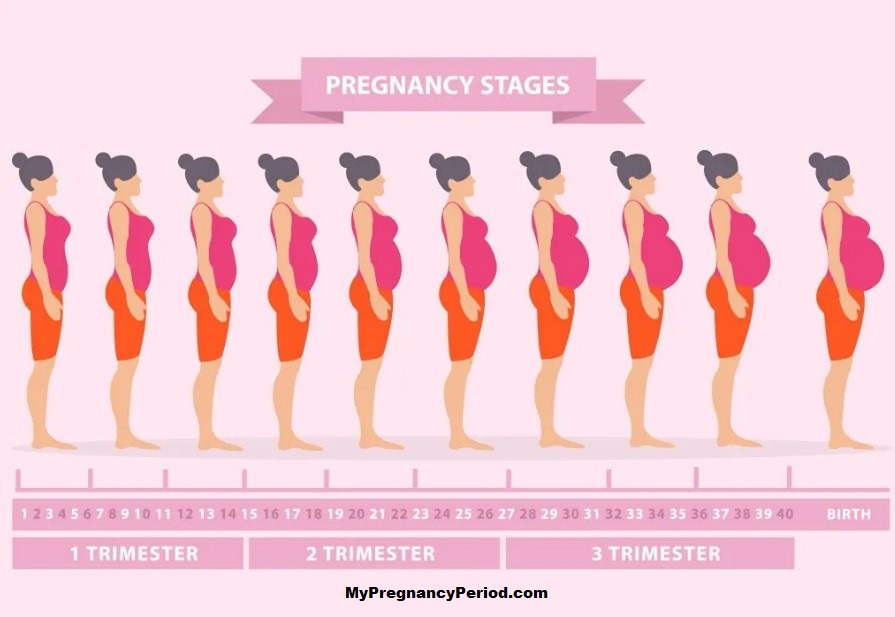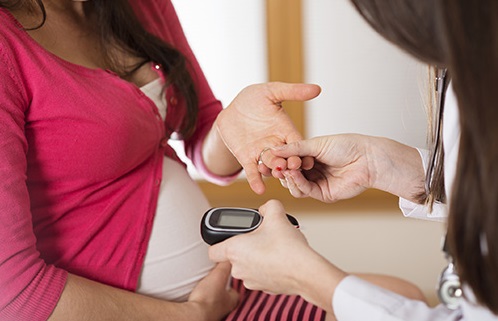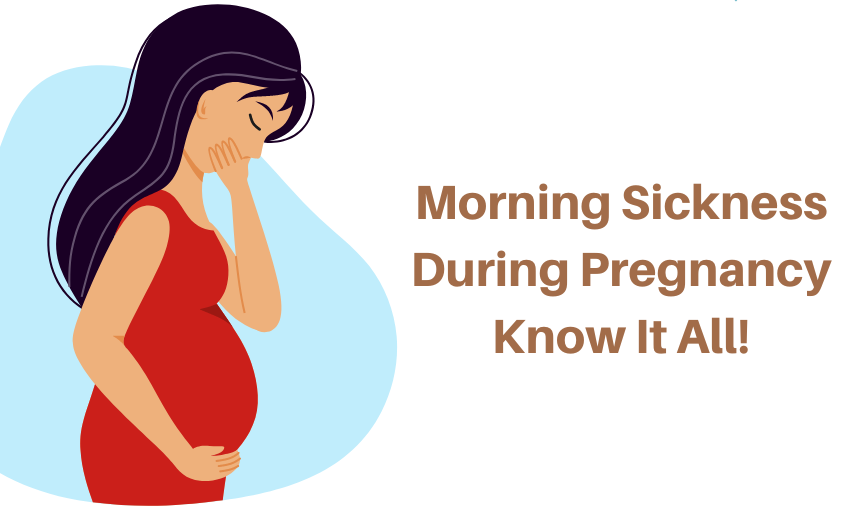Pregnancy, one of the most profound experiences in a woman’s life, is a journey filled with anticipation, wonder, and transformation. Lasting approximately 40 weeks, this remarkable process involves the development of a single cell into a fully formed human being. Normal pregnancy durations last for about 280 days or 40 weeks or 9 months and 10 days. Each week brings unique changes, both for the baby and the expectant mother. In this comprehensive guide, we will explore the pregnancy period in weeks, delving into the incredible journey from conception to birth.
Let’s dive Pregnancy Period in weeks:
Week 1-4: Conception and the Early Stages
The journey begins with conception, typically occurring in the first two weeks, often before a woman is aware that she’s pregnant. Conception transpires when a sperm fertilizes an egg, forming a zygote. This minuscule cluster of cells embarks on a journey down the fallopian tube, seeking its destination in the uterus. By the fourth week, implantation occurs, as the zygote attaches to the uterine lining. Simultaneously, the placenta, a vital structure for nourishing the growing fetus, begins to develop.

Week 5-8: Formation of Vital Organs
As we progress into weeks 5 to 8, the embryo rapidly undergoes development. At this point, it is about the size of a sesame seed. The heart begins to beat, and crucial organs such as the brain, spinal cord, and major systems start to take shape. By the end of the eighth week, the embryo is officially referred to as a fetus, and all the major body systems are in their early stages of development.
Week 9-12: Fetal Growth Spurt
The period between weeks 9 and 12 marks a substantial growth spurt for the fetus. Facial features become more distinct, and the limbs continue to elongate. For many expectant mothers, this is when they start to experience more pronounced pregnancy symptoms, such as morning sickness. By the 12th week, the risk of miscarriage significantly decreases, and the fetus is about the size of a plum.
Read More: How Many Raw Eggs Can Cause Miscarriage?
Week 13-16: Baby’s Movements Begin
Week 13 signifies the beginning of the second trimester, often considered the most comfortable phase of pregnancy. It is around week 16 that the mother may begin to feel the baby’s movements, known as quickening. During this period, the fetus’s muscles and bones continue to develop and strengthen.
Week 17-20: Gender Reveal and Vernix
Around week 17, many parents eagerly anticipate the gender reveal ultrasound. By this point, the fetus’s genitals have developed enough to be distinguishable. Additionally, a waxy substance known as vernix starts to coat the baby’s skin, protecting it from the amniotic fluid.
Week 21-24: Viability Milestone
Week 24 is a significant milestone as it marks the point of potential viability outside the womb. However, it’s important to note that while survival outside the womb is possible, the baby’s lungs are not fully developed, often necessitating intensive medical care if born prematurely. During this period, the fetus’s eyelids begin to open, allowing it to perceive light and shadow, and it becomes increasingly sensitive to sounds from the outside world.
Week 25-28: Lung Development Continues
Between weeks 25 and 28, lung development continues, further improving the baby’s chances of survival outside the womb. The mother may also notice more frequent and pronounced fetal movements during this time. Additionally, the baby’s senses, including taste and smell, continue to refine and develop.
Week 29-32: Preparing for Birth
As the due date approaches, typically around week 29, the baby’s head begins to move downward in preparation for birth. The mother may experience Braxton Hicks contractions, often referred to as “practice contractions.” During this period, the baby’s bones continue to harden, although the skull remains soft and flexible to facilitate passage through the birth canal.
Week 33-36: Final Weeks of Pregnancy
In the final weeks of pregnancy, typically from week 33 to 36, the baby gains weight at a rapid pace. As the baby takes up more space within the uterus, the mother may experience increased fatigue and discomfort. It’s essential to monitor any signs of preterm labor closely during this time.
By pregnancy week 37, the baby is considered full-term, and labor could commence at any moment. During this period, the mother may notice the “bloody show,” which is a sign that the cervix is preparing for labor. While most pregnancies last approximately 40 weeks, it’s important to understand that babies may arrive a bit earlier or later, and this is considered within the normal range.
Conclusion
The journey of pregnancy unfolds week by week, with each stage bringing its own set of changes and challenges. From the miraculous beginnings in the first few weeks to the eagerly anticipated arrival in the final stretch, pregnancy is a testament to the incredible capabilities of the human body. It is a time of wonder, growth, and transformation, both for the baby and the expectant mother.
In these 40 weeks, a single cell evolves into a complex human being, with every stage of development carefully orchestrated by nature. The expectant mother’s body adapts to support and nurture this new life, making pregnancy one of the most remarkable experiences in the realm of human existence.
Read More: 17 Weeks Pregnant Symptoms of Miscarriage
Morning Sickness? Why Did My Morning Sickness Suddenly Stop at 7 Weeks?
FAQs
Accurate and most popular way to calculate due date during pregnancy?
To calculate your due date, count 40 weeks from the first day of your last menstrual period or consult with your healthcare provider for a more accurate estimation.
What are some common pregnancy symptoms during the first trimester?
Common first-trimester symptoms include morning sickness, fatigue, breast tenderness, and frequent urination.
Is it safe to exercise during pregnancy?
Yes, gentle exercise is generally safe and beneficial during pregnancy. However, consult with your healthcare provider before starting any new exercise routine.
What is the purpose of prenatal vitamins during pregnancy?
Prenatal vitamins ensure that both the mother and the baby receive essential nutrients for healthy development.
What should I include in my hospital bag for labor and delivery?
Your hospital bag should include essentials like comfortable clothing, toiletries, important documents, and items for the baby, such as clothing and a car seat.
Is it normal for the baby to have hiccups during pregnancy?
Yes, it is normal for the baby to have hiccups in the womb. This typically occurs when the baby practices breathing and swallowing amniotic fluid.
What is the role of the amniotic fluid during pregnancy?
Amniotic fluid serves several essential functions, including cushioning and protecting the baby, regulating temperature, and aiding in the development of the baby’s muscles and lungs.
When should I start prenatal care during pregnancy?
It’s advisable to start prenatal care as soon as you discover you’re pregnant or as recommended by your healthcare provider. Early prenatal care is crucial for monitoring the health and development of both the mother and the baby.
How many weeks means is a pregnancy period in weeks?
A pregnancy period in weeks means baby spends around 38 weeks in the womb, but the average length of gestation is about as 40 weeks. This is because pregnancy is counted from the 1st day of last period, not the date of conception, which is normally occurs 2 weeks later.















Hi i think that i saw you visited my web site thus i came to Return the favore I am attempting to find things to improve my web siteI suppose its ok to use some of your ideas